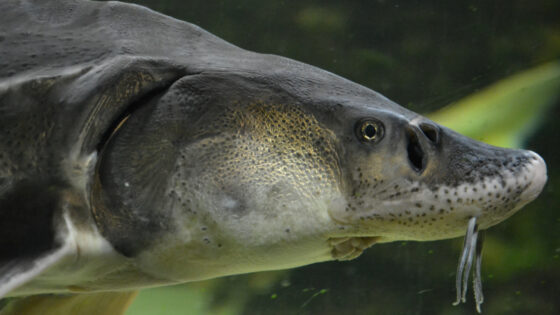Oviedo-Vargas D., D.P. Genereux, D. Dierick, and S.F. Oberbauer. 2015. Journal of Geophysical Research: Biogeosciences 120(12):2579–2595.
Abstract
In the tropical rainforest at La Selva Biological Station in Costa Rica, regional bedrock groundwater high in dissolved carbon discharges into some streams and wetlands, with the potential for multiple cascading effects on ecosystem carbon pools and fluxes. We investigated carbon dioxide (CO2) and methane (CH4) degassing from two streams at La Selva: the Arboleda, where approximately one third of the streamflow is from regional groundwater, and the Taconazo, fed exclusively by local groundwater recharged within the catchment. The regional groundwater inflow to the Arboleda had no measurable effect on stream gas exchange velocity, dissolved CH4 concentration, or CH4 emissions but significantly increased stream CO2 concentration and degassing. CO2 evasion from the reach of the Arboleda receiving regional groundwater (lower Arboleda) averaged 5.5 mol C m−2 d−1, ~7.5 times higher than the average (0.7 mol C m−2 d−1) from the stream reaches with no regional groundwater inflow (the Taconazo and upper Arboleda). Carbon emissions from both streams were dominated by CO2; CH4accounted for only 0.06–1.70% of the total (average of both streams: 5 × 10−3 mol C m−2 d−1). Annual stream degassing fluxes normalized by watershed area were 48 and 299 g C m−2 for the Taconazo and Arboleda, respectively. CO2 degassing from the Arboleda is a significant carbon flux, similar in magnitude to the average net ecosystem exchange estimated by eddy covariance. Examining the effects of catchment connections to underlying hydrogeological systems can help avoid overestimation of ecosystem respiration and advance our understanding of carbon source/sink status and overall terrestrial ecosystem carbon budgets.



